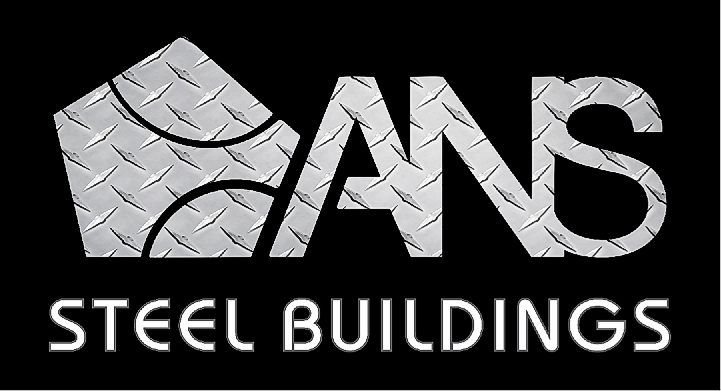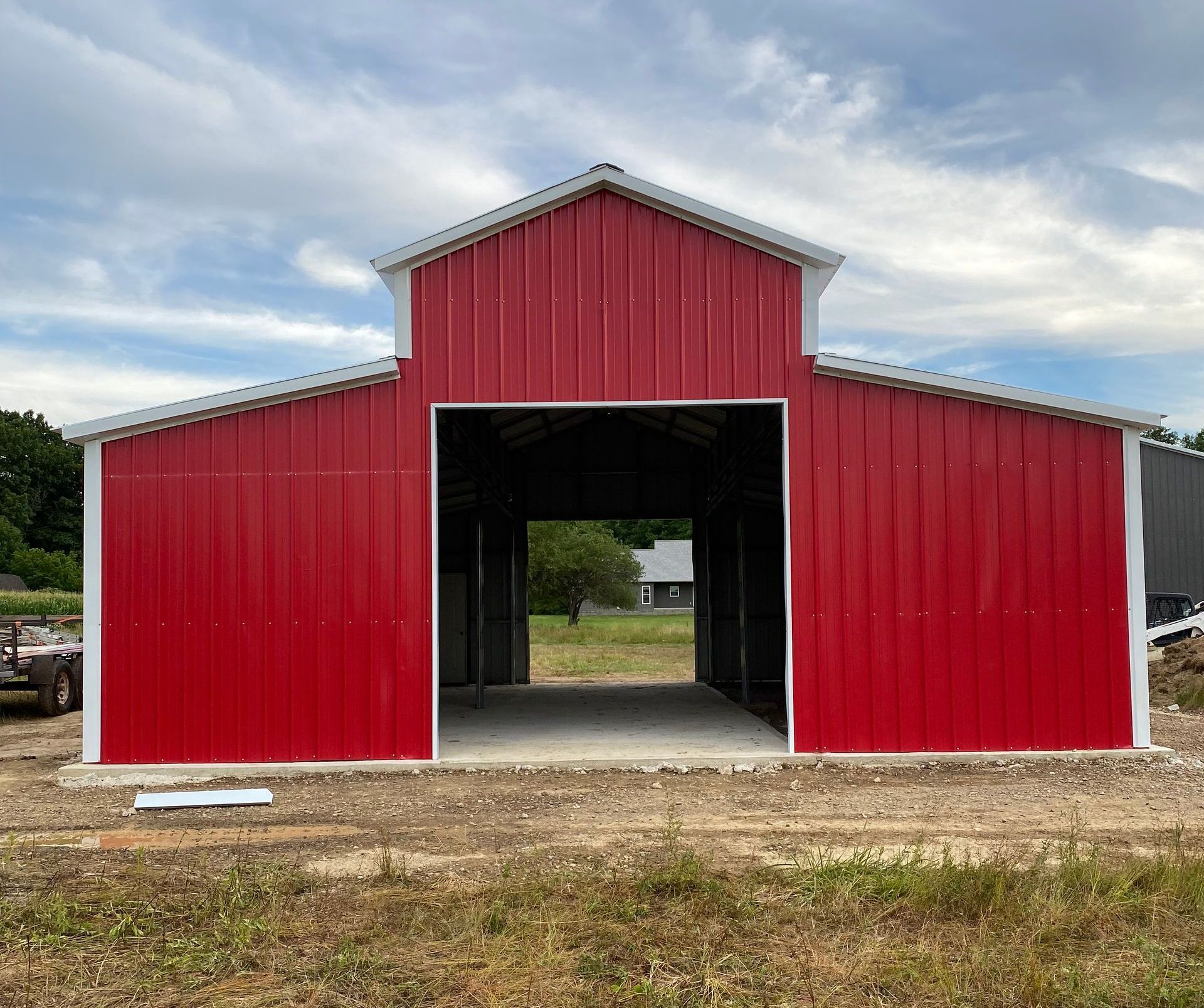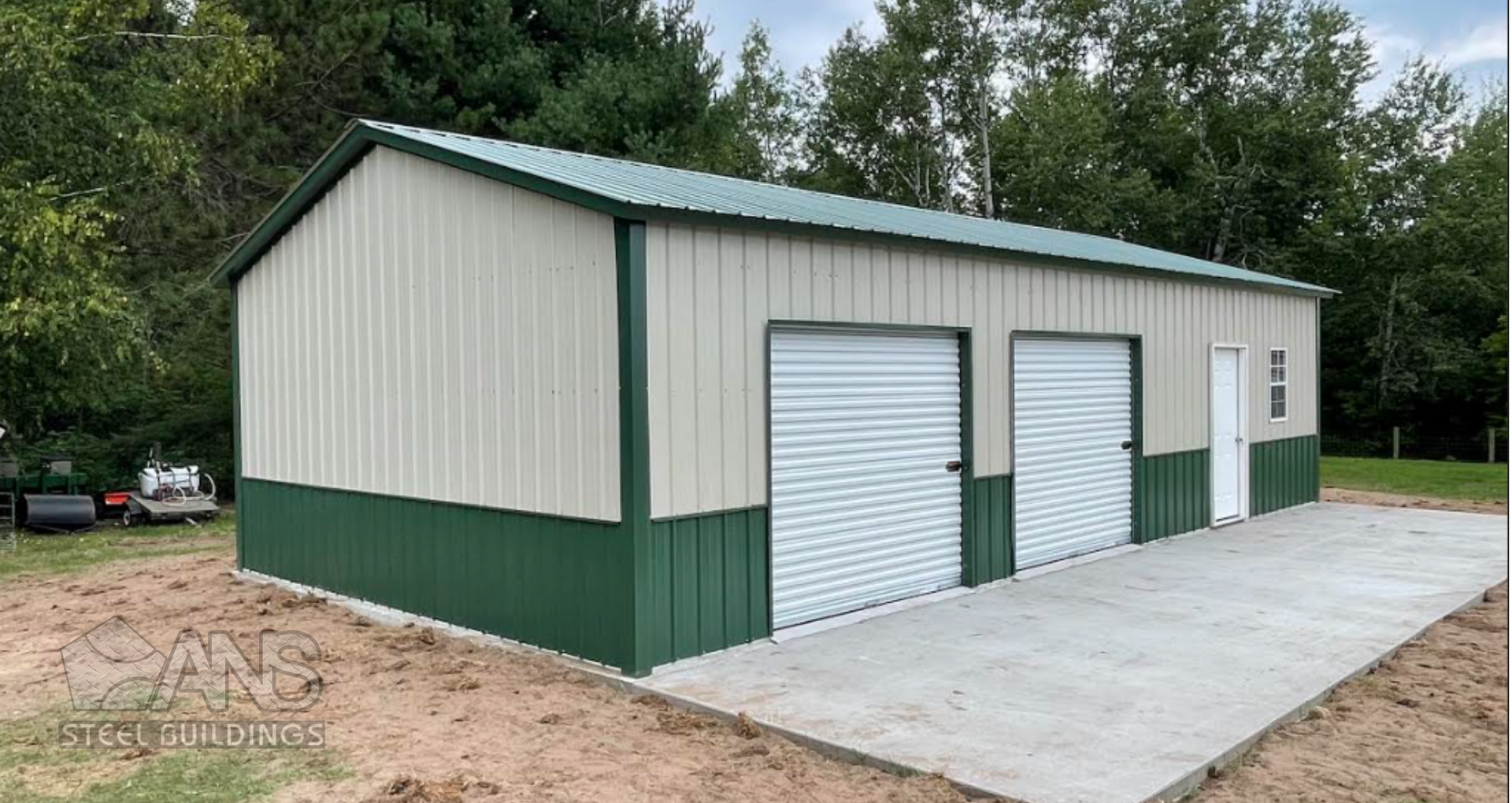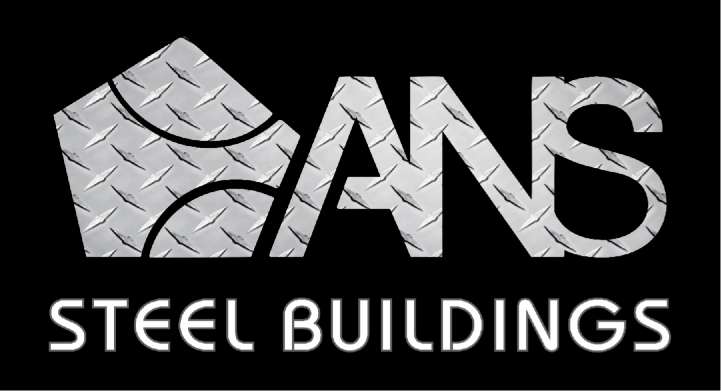Blog
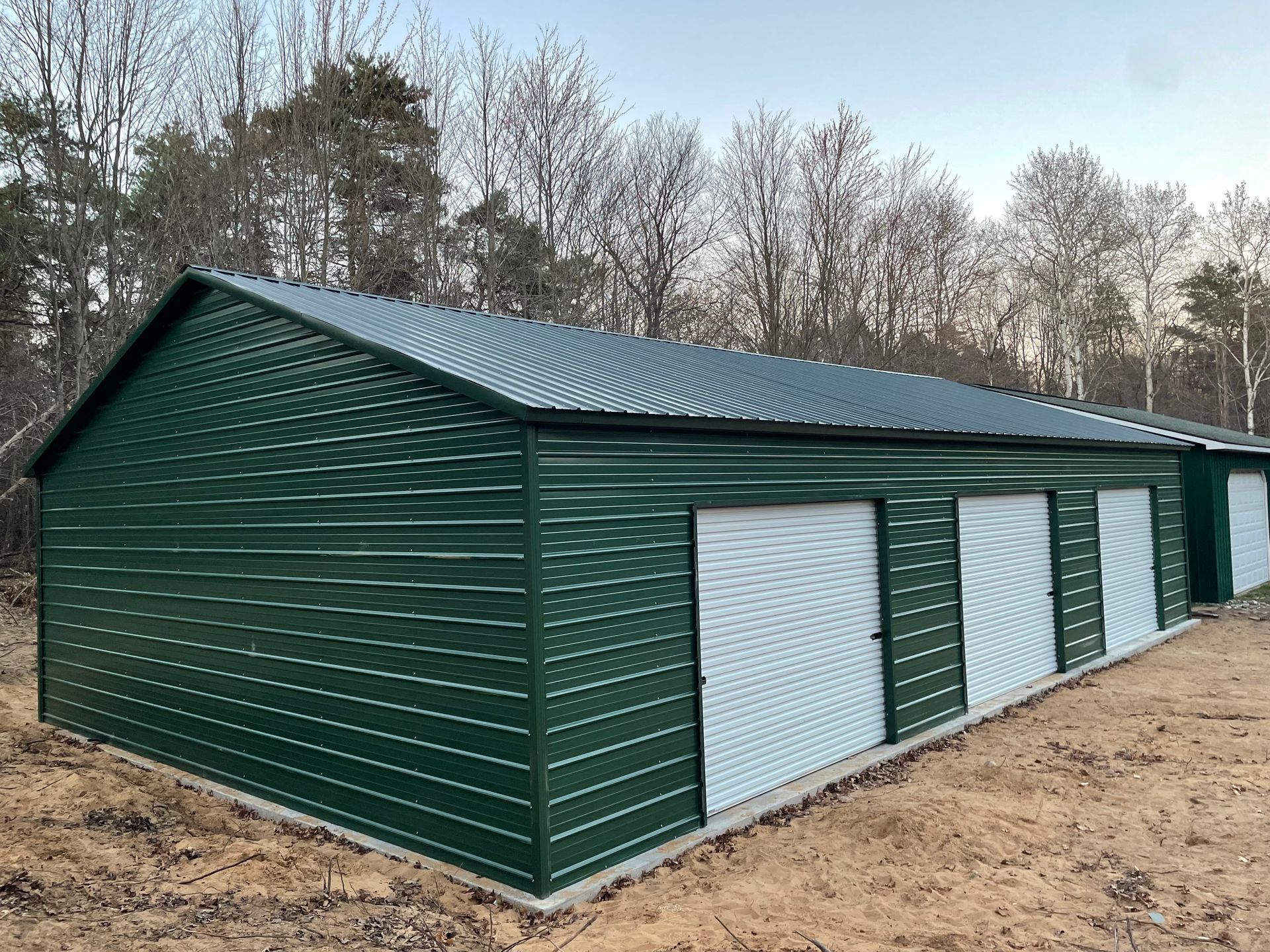
Winter steel storage sheds are one of the most reliable ways to protect equipment, tools, and inventory when cold temperatures, snow, and moisture threaten traditional storage solutions. Whether you’re a homeowner storing tools, a contractor protecting equipment, or a business managing seasonal inventory, steel sheds provide unmatched durability, security, and peace of mind during winter months. At ANS Steel Buildings , winter-ready steel storage sheds are designed to handle harsh conditions while remaining fully customizable for your exact needs. Why Winter Is Tough on Storage Buildings Winter weather exposes weak storage structures fast. Common winter-related issues include: Snow accumulation causing roof stress or collapse Moisture intrusion leading to rust, mold, or damaged inventory Freezing temperatures cracking wood panels or warping plastic sheds Wind gusts loosening panels or lifting lightweight structures A steel storage shed built for winter conditions eliminates these risks with engineered strength and weather-resistant materials. How Steel Storage Sheds Handle Snow & Cold Better Snow Load Rated Strength Steel sheds from ANS Steel Buildings are engineered to meet regional snow load requirements , helping roofs safely support heavy snow accumulation without sagging or failure. Weather-Resistant Materials Unlike wood, steel does not rot, crack, or attract pests. Galvanized steel panels resist moisture buildup and perform reliably in freezing temperatures. Wind & Storm Stability Steel framing provides superior structural integrity during winter storms, reducing the risk of shifting or collapse. Protecting Equipment, Tools & Inventory in Winter A winter steel storage shed is ideal for storing: Power tools and hand tools Lawn and landscaping equipment Construction materials Seasonal business inventory Farm supplies and feed Recreational vehicles and outdoor gear Optional upgrades such as insulation, ventilation, and secure doors help maintain stable interior conditions and prevent condensation damage. Custom Steel Storage Sheds Built for Your Needs Every storage requirement is different. ANS Steel Buildings offers fully customizable steel storage sheds , allowing you to choose: Shed size and height Roof style and pitch (ideal for snow shedding) Door placement and sizes Wall and roof colors Enclosed or partially open designs You can even design your shed using ANS Steel Buildings’ free online building design tool , making it easy to visualize and price your project before ordering. Why Winter Is a Smart Time to Buy a Steel Storage Shed Many buyers wait until spring — but winter can actually be the best time to invest in a steel storage shed. Faster Lead Times Winter is often an off-peak season, which can mean quicker production and delivery. Locked-In Pricing Purchasing during winter helps protect against seasonal price increases later in the year. Flexible Financing Options ANS Steel Buildings offers steel building financing , allowing you to secure your shed now while spreading payments over time. Long-Term Value Beyond Winter A steel storage shed isn’t just a seasonal solution. Its long lifespan, minimal maintenance, and adaptability make it a smart investment year-round. When spring arrives, your equipment and inventory are already protected, organized, and ready for use. Get a Winter-Ready Steel Storage Shed from ANS Steel Buildings If you’re looking for winter steel storage sheds that protect equipment, tools, and inventory , ANS Steel Buildings delivers strength, customization, and value you can trust. ✔ Custom steel shed designs ✔ Snow load engineered structures ✔ Financing available ✔ Free online design tool Design your steel storage shed today and protect what matters most this winter and beyond.
How to Maintain Your Steel Building During Storms Steel buildings are known for their durability, but even the toughest structures can be vulnerable during severe storms. Whether it’s high winds, heavy rain, snow, or hail, proactive maintenance is key to ensuring your building stands strong through it all.
Learn how steel buildings provide small businesses with cost-effective, durable, and customizable solutions. Discover how they can help improve operations, expand space, and increase efficiency.
In recent years, DIY projects have gained immense popularity, with homeowners and enthusiasts looking for creative and functional solutions for their spaces. Steel buildings have emerged as a top choice for many DIYers due to their durability, versatility, and ease of assembly.
Learn essential maintenance tips for your steel building to ensure its longevity and durability. Discover best practices to keep your structure in top condition and protect your investment.
Discover how steel buildings offer an eco-friendly solution for construction projects. Explore their sustainable features, energy efficiency, and recyclability, making them the preferred choice for environmentally conscious builders and property owners.
Steel structures have emerged as a versatile and reliable solution for a wide range of applications, spanning residential, commercial, and agricultural sectors. From providing storage solutions to serving as retail outlets and housing livestock, steel buildings offer unmatched versatility and durability.
